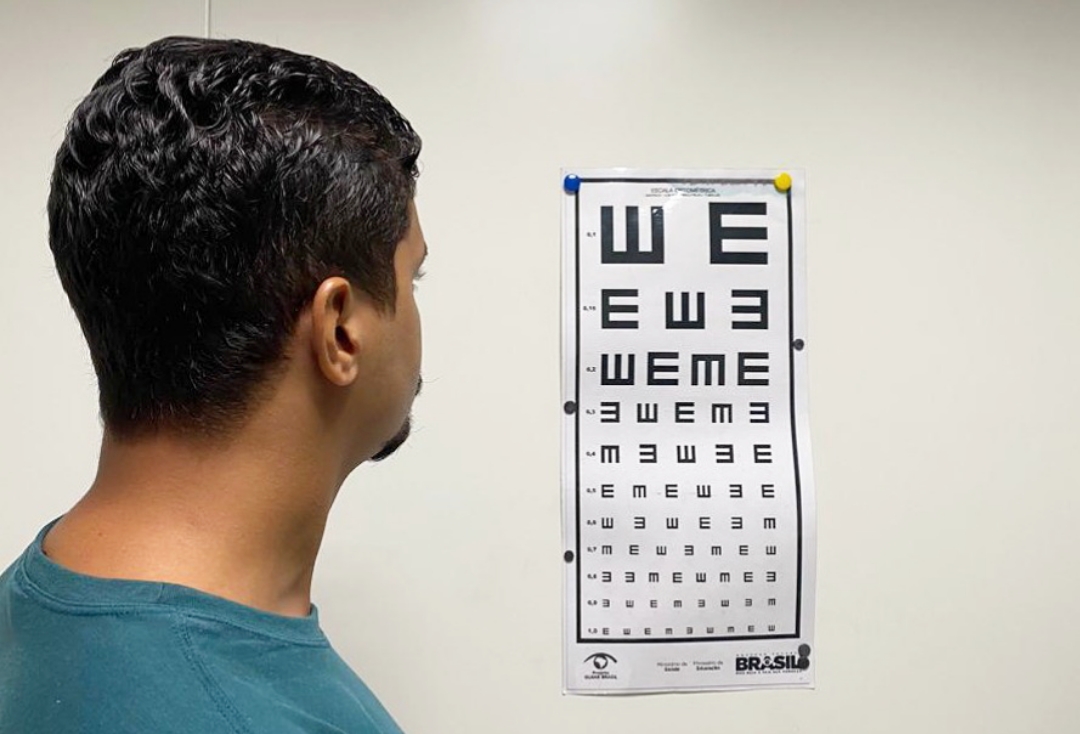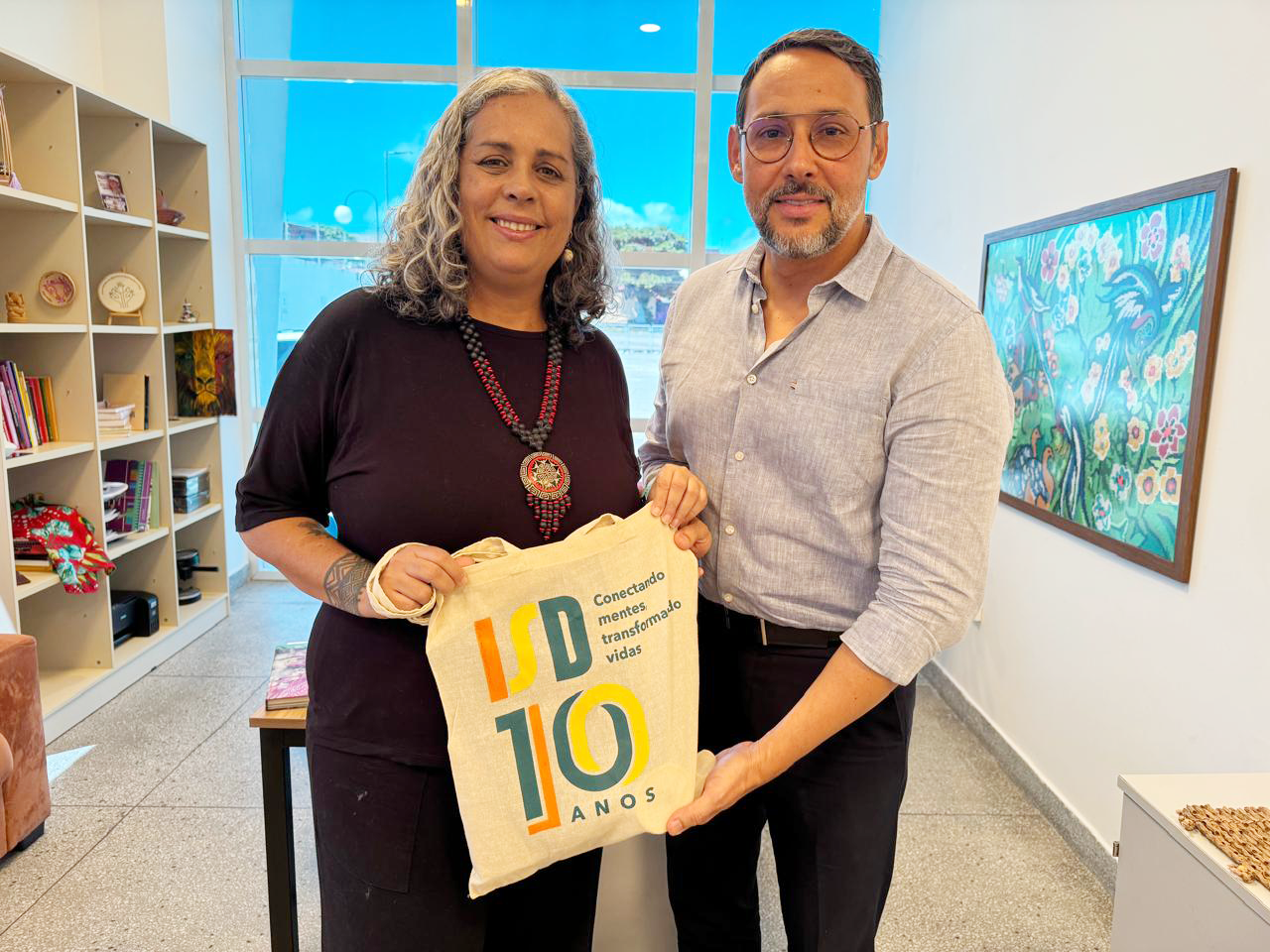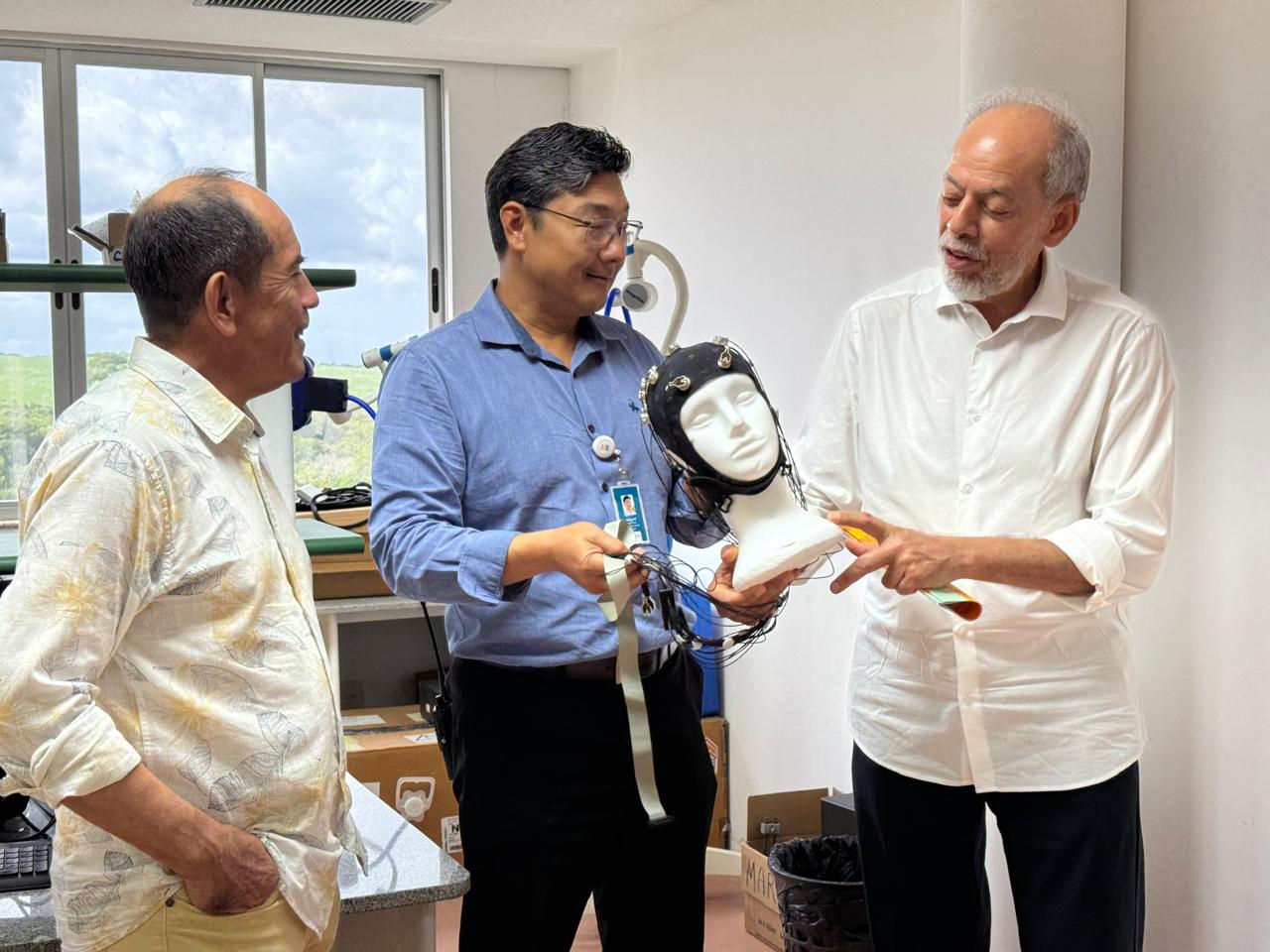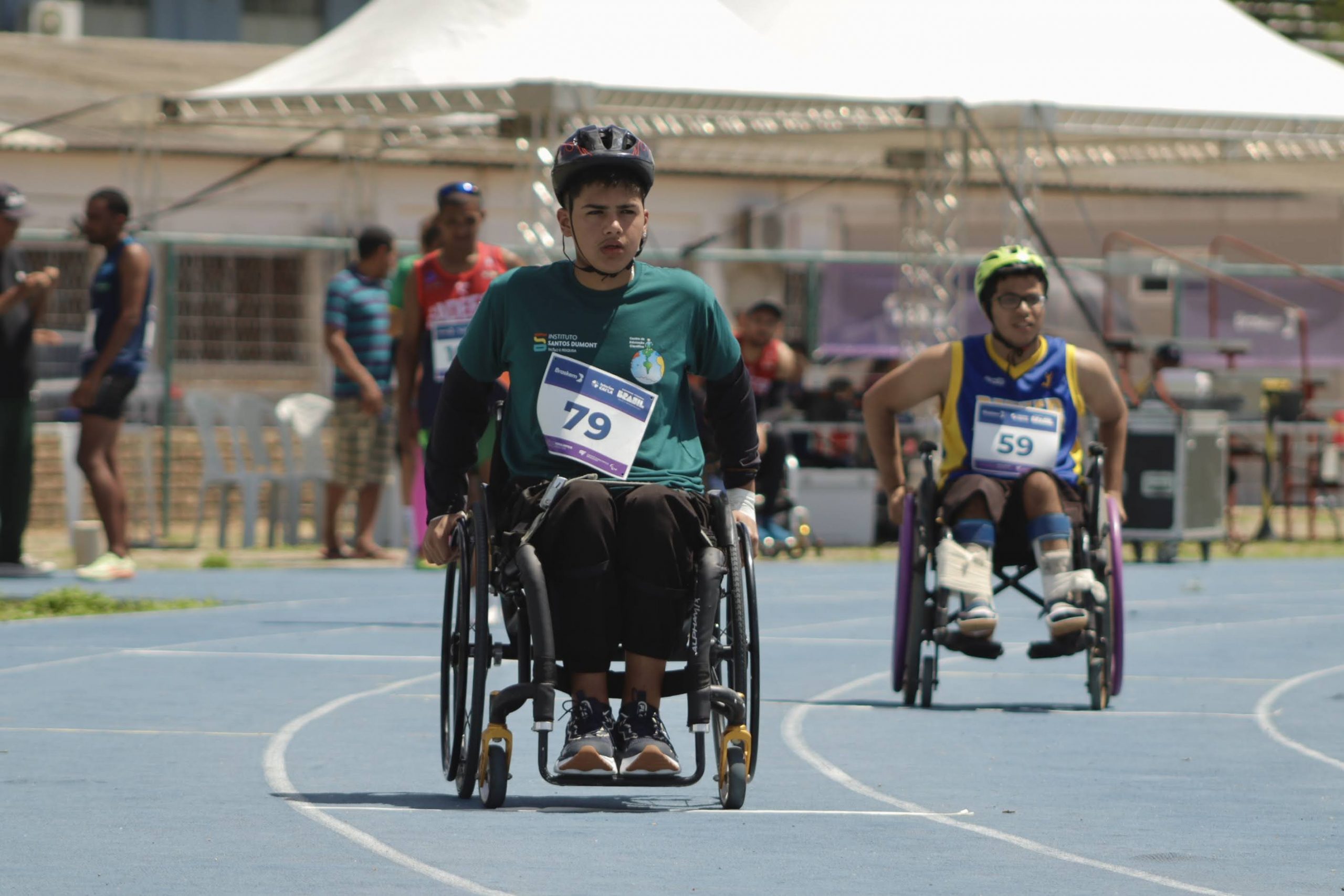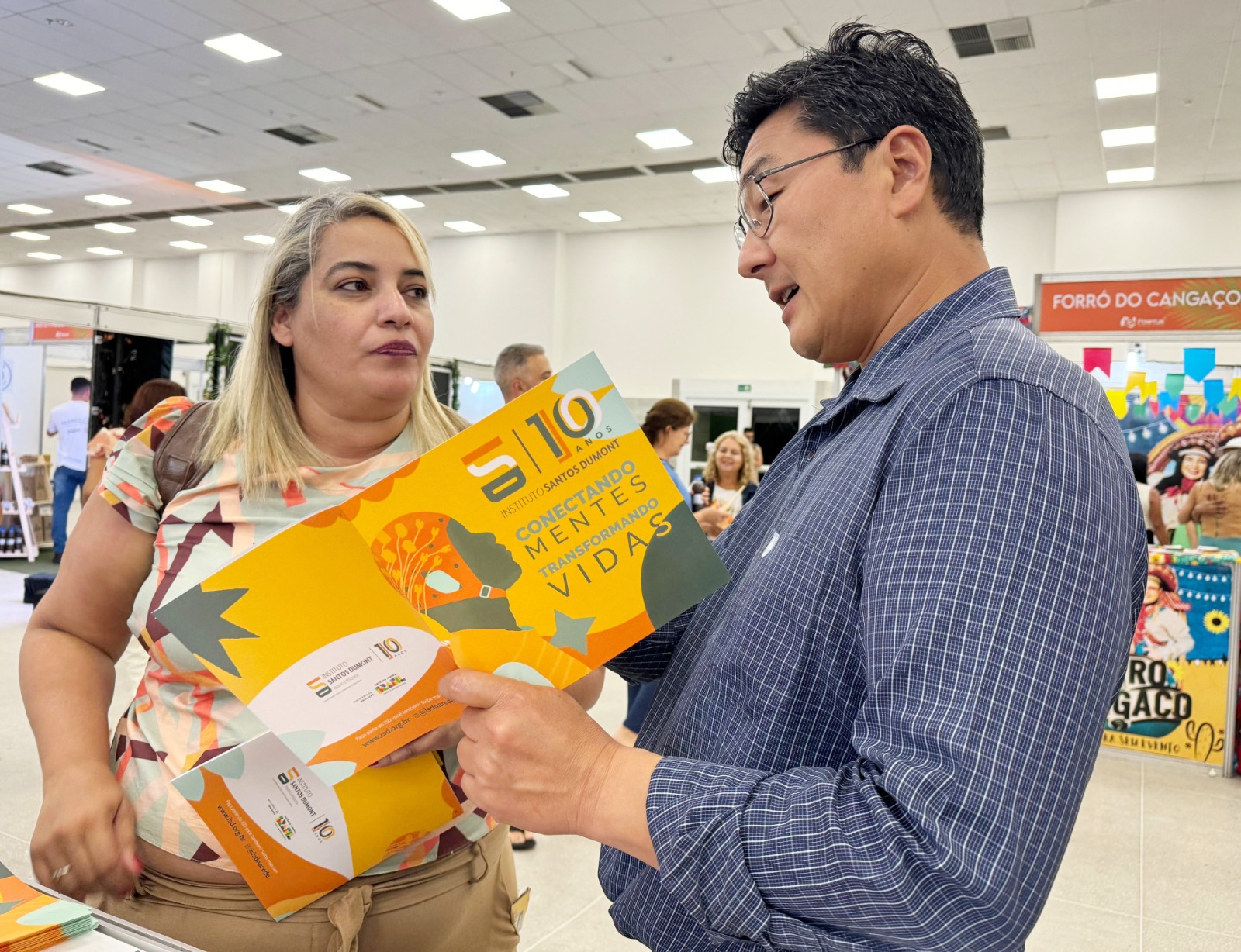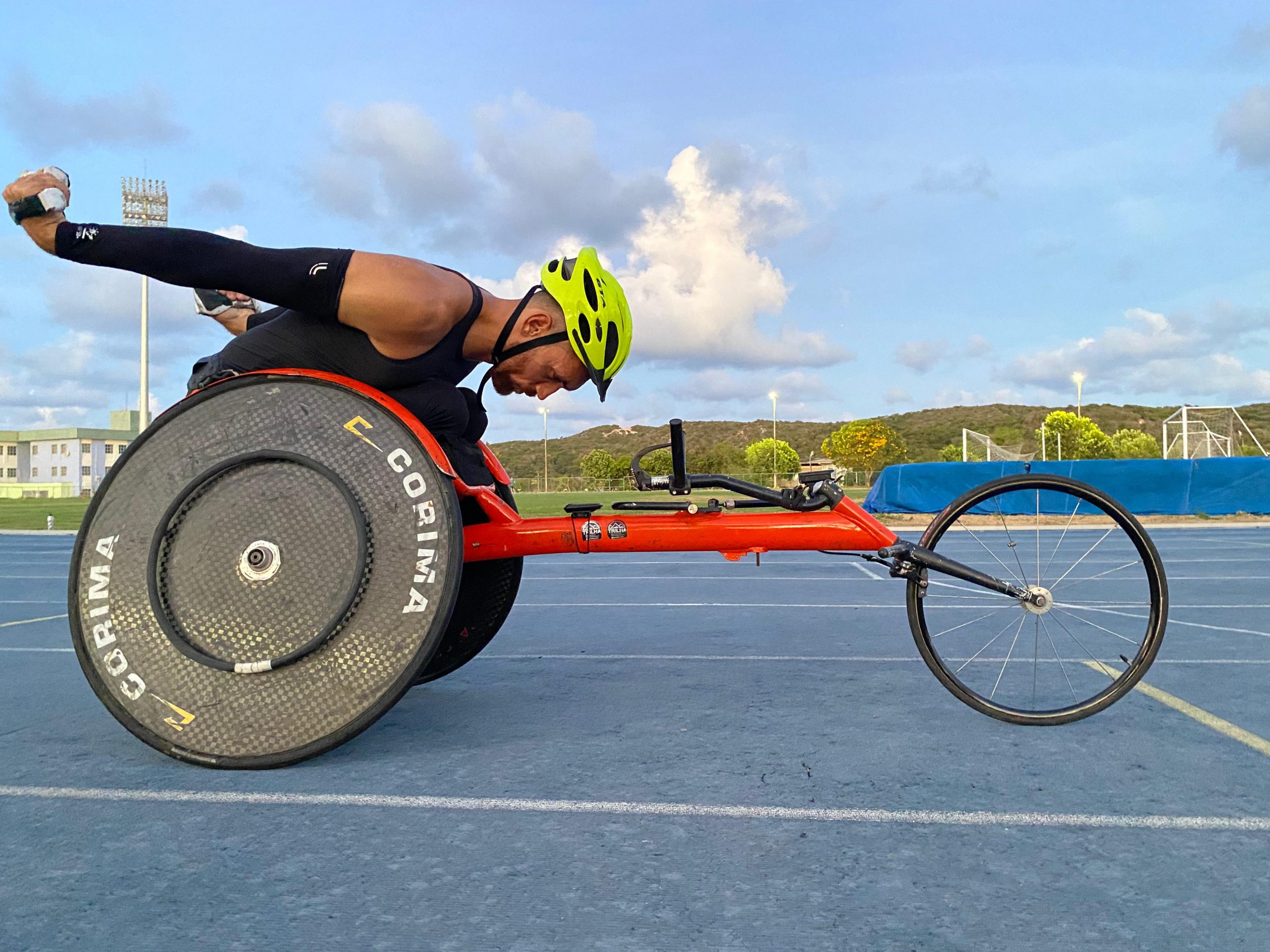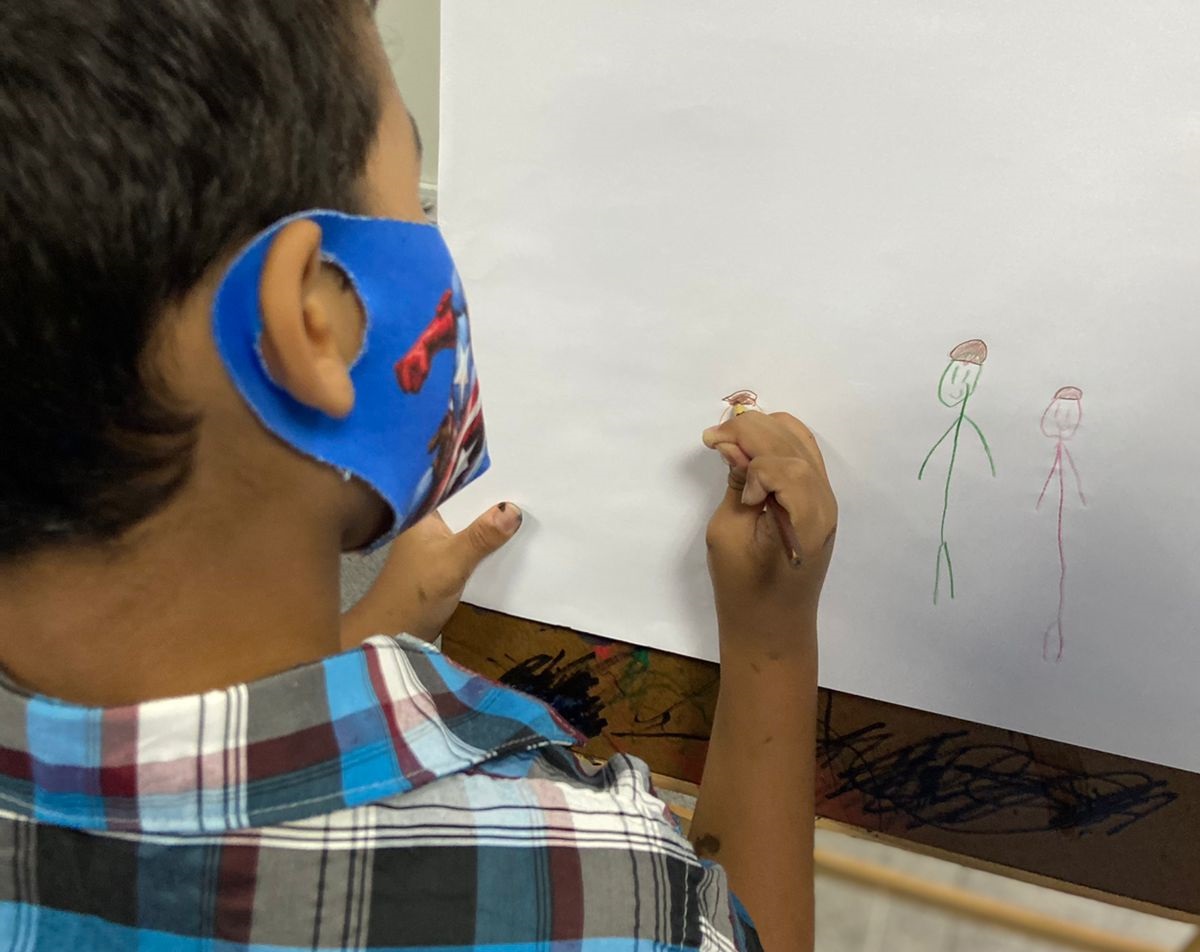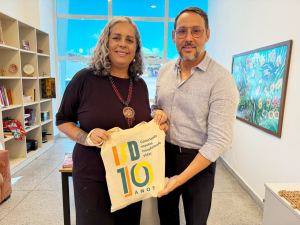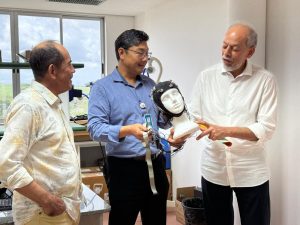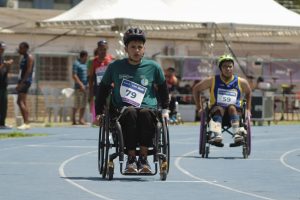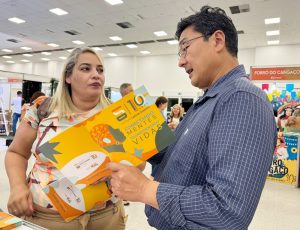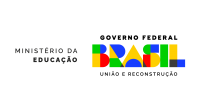The popularization of mobile electronic devices and the change in habits caused by the Covid-19 pandemic led children and young people to use cell phones and computers more frequently in activities related to study and leisure. Both factors left these groups vulnerable to changes in eye health, such as myopia. One search of 2021, carried out by the Brazilian Council of Ophthalmology (CBO), found that 72% of ophthalmologists reported that, in recent years, the disorder was diagnosed more regularly in the age group from 0 to 19 years.
The problem is even broader: according to data from the World Health Organization (WHO), by 2050, half of the world's population could be affected by myopia. According to the ophthalmologist preceptor at the Santos Dumont Institute (ISD), Gabriela Lima, myopia, a refractive error that limits long-range vision and that can lead to retinal detachment, is caused by genetic factors, in the most serious cases, but it can also be acquired from the recurrence of certain daily activities, such as the use of screens. “The cell phone requires us to improve the vision for short distances, as the device is very close to the face. On the other hand, it ends up harming, over time, the ability to see distant objects. We have verified this quite frequently in the offices”, comments Gabriela.
According to the expert, the worst time to use screens is at night, before bed. At this time, the stimulus of light coming from devices such as TV and cell phones inhibits the production of melatonin, a hormone that regulates the sleep cycle. The change can cause fatigue and difficulty concentrating. In the long term, the individual's quality of life can be significantly affected. “We also realized that the insertion of screens, in our daily lives, impacts other activities, such as when we eat while watching TV and do not enjoy the food, or when we spend more time on our cell phones and neglect physical activity”, he adds.
Dry eye syndrome, caused, among other factors, by a decrease in the number of blinks, can also be a consequence of excessive contact with digital screens. Some of the most frequent symptoms of the syndrome are burning, foreign body sensation and photophobia.
Regulating the use of electronic devices is essential to curb the spread of disorders like these. The Brazilian Society of Pediatric Ophthalmology (SBOP) advises that the use of screens for two hours a day is only recommended for children aged 13 and over. Before that, it's ideal to limit access as much as possible. For children under 18 months, for example, contact with screens is prohibited, except for video calls.
The implementation of the “deserved screen time” system, whose objective is to determine access to devices based on rewards for tasks performed – such as school activities and room organization - is also recommended. In addition, both parents and other adults who live with the child should be aware of signs that may indicate vision difficulties.
With an eye on the problem
One of the propitious environments for identifying vision problems in children and adolescents is the classroom. Teachers should pay attention to the signs and inform parents or guardians as soon as they are detected. According to ISD's pedagogue preceptor, Luzia Guacira dos Santos, behaviors such as hyperactivity, difficulty speaking and excessive sleep may indicate the development of myopia or other vision limitations. “These signs show that the child is not able to focus, which may be a result of difficulty seeing well. If the recurrence increases, an ophthalmologist should be sought to carry out the necessary tests”, he explains.
Teacher Claudiana Lopes identified seven-year-old Athos Vieira's limitations when she observed that her son had difficulty seeing people from afar and frequently bumped into objects. “We carried out the recommended treatment and asked the school to make the necessary adaptations for it. Now, the school texts that arrive for our son are written in bold letters”, says Claudiana.
In addition to these precautions, it is necessary to prioritize prevention. Some habits can restrict the progression of visual disorders: regulating screen time, practicing outdoor activities and improving posture, distancing oneself from the reading object, are examples of practices that are easy to implement in everyday life. “It was essential to expand the possibilities for fun. Today Athos loves to play in the pool and ride his bike, it made all the difference”, adds the teacher.
To review
To help disseminate these guidelines, the Visual Rehabilitation Care Line (ReVer) of the ISD holds training meetings for public education professionals in the municipalities of the 7th Health Region of Rio Grande do Norte (Macaíba, São Gonçalo do Amarante, Parnamirim, Natal and Extremoz). The objective is to help these professionals to identify vision problems and to promote the necessary pedagogical adaptations that are consistent with the visual condition of each visually impaired student. At the last meeting, held in São Gonçalo do Amarante, 38 professionals were present, who will now multiply knowledge and be more attentive to students' visual disturbances.
ReVer also offers services such as clinical assessments and guidance on activities of daily living, body care and mobility, all focused on the rehabilitation of visually impaired people. The pedagogue preceptor Luzia Guacira points out that the services do not work on vision rehabilitation, but that of the visually impaired person, focusing on the independence and autonomy of the user in the environments in which he is inserted. “We want to help people with blindness and low vision to carry out their functions at school, at work and in other social spaces”, he explains. Access to the Care Line can be done by referring an ophthalmologist or by screening scheduled at the ISD Specialized Rehabilitation Center (CER ISD).
Service:
Phones for scheduling: (84) 4042-0044 or 4042-0033.
Required documentation: SUS card; Identity document and proof of residence.
Address: Center Specialized in ISD Rehabilitation – Rod. RN-160, 2010 (KM 1.5 District of Macaíba)
Text: Leandro Vieira / Ascom – ISD
Photograph: Ascom – ISD
Communication Office
comunicacao@isd.org.br
(84) 99416-1880
Santos Dumont Institute (ISD)
It is a Social Organization linked to the Ministry of Education (MEC) and includes the Edmond and Lily Safra International Institute of Neurosciences and the Anita Garibaldi Health Education and Research Center, both in Macaíba. ISD's mission is to promote education for life, forming citizens through integrated teaching, research and extension actions, in addition to contributing to a fairer and more humane transformation of Brazilian social reality.

